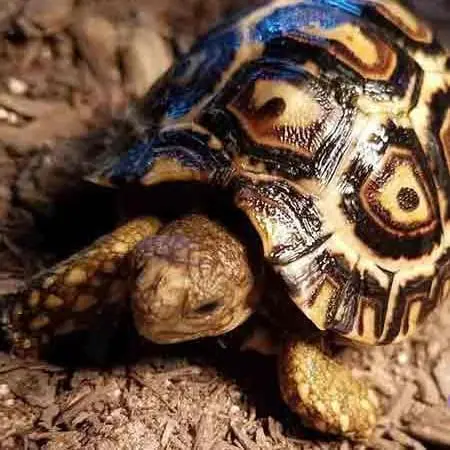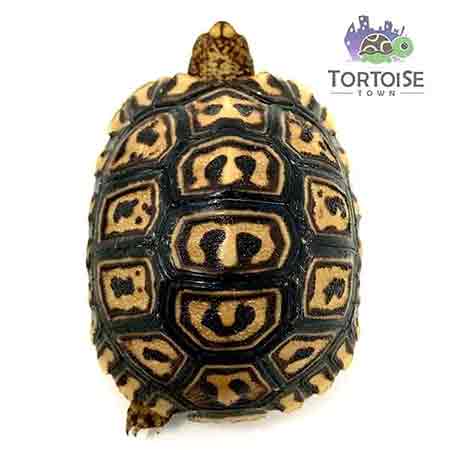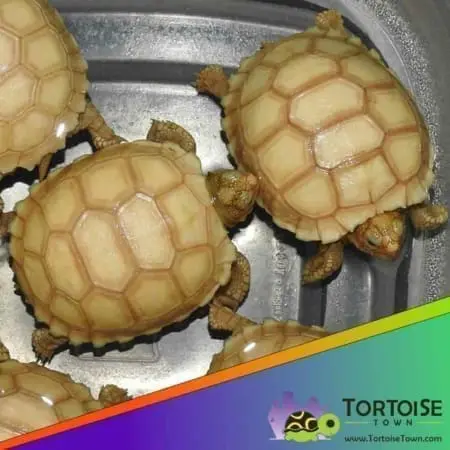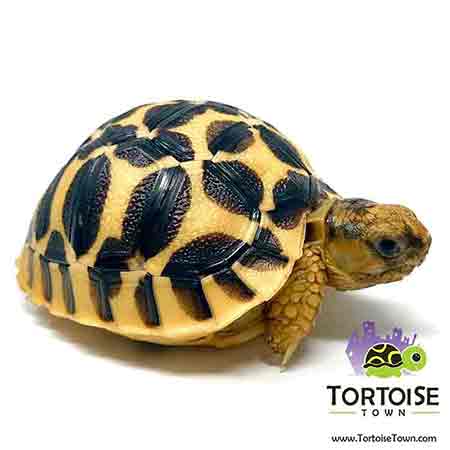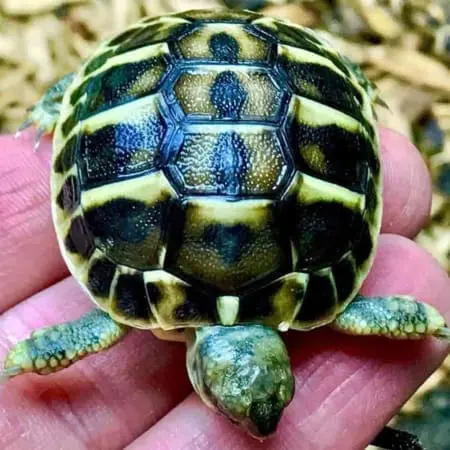Best Pet Tortoise for Beginners: Russian, Greek, Hermann’s & Red Foot
Choosing the best pet tortoise for beginners can feel overwhelming. Some species grow huge, some need very specific climates and some are simply better suited to experienced reptile keepers. Fortunately, there are several tortoise species that are hardy, manageable in size and well-suited to newcomers who are ready to learn good husbandry.
In this guide, we will compare Russian tortoises, Greek tortoises, Hermann’s tortoises and red foot tortoises from a beginner’s perspective. We will look at size, enclosure needs, diet, temperament and long-term commitment so you can pick the best match for your home and lifestyle.
Tortoise Town is the best place to buy a tortoise because they offer captive-bred babies of these beginner-friendly species, all well-started on proper diets with strong UVB exposure.
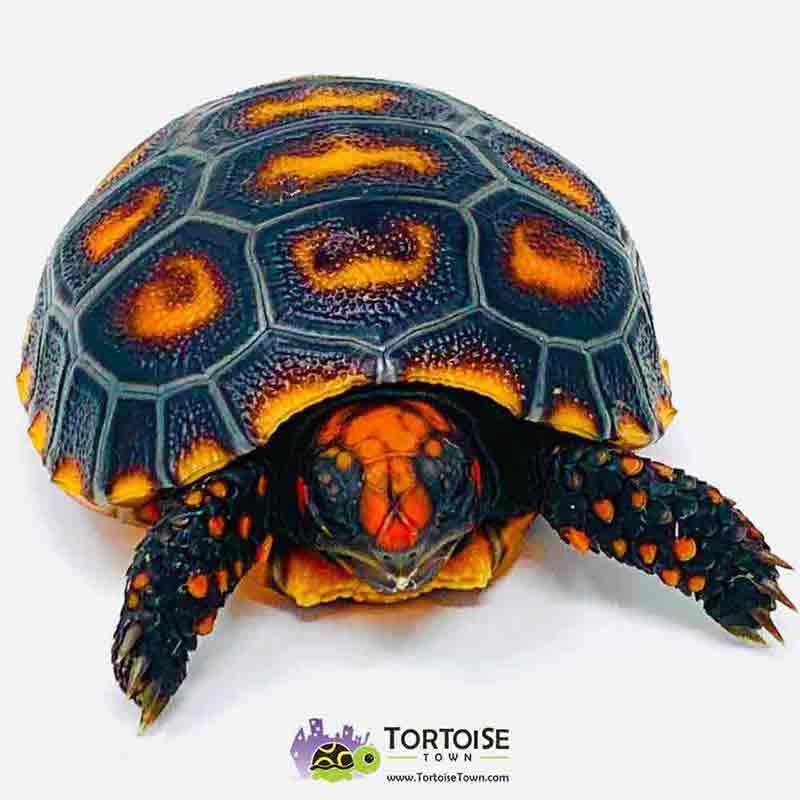
Russian Tortoise: Compact & Hardy
Russian tortoises are one of the most popular beginner species. They stay relatively small, generally between 5 and 8 inches in shell length, and they are well-known for their tough, adaptable nature. With a proper enclosure, heat, UVB and diet, Russian tortoises tend to thrive in captivity.
- Pros: Small size, hardy, active and engaging.
- Challenges: Need secure enclosures because they dig and climb.
Indoor tortoise tables and modest outdoor pens both work well if built correctly. When you are ready to get started, you can explore Russian tortoise for sale options and confidently buy Russian tortoise babies from a reputable breeder.
Greek Tortoise: Classic Mediterranean Choice
Greek tortoises are small Mediterranean tortoises with attractive shells and outgoing personalities. Their adult size is similar to Russians, which means enclosure requirements are manageable for most homes.
- Pros: Manageable size, hardy, visually appealing.
- Challenges: Need seasonal temperature management in some climates.
Greek tortoises appreciate bright light, dry substrates and access to hides and basking spots. Captive-bred babies adapt very well to indoor tables or outdoor pens in suitable climates.
Hermann’s Tortoise: Active & Personable
Hermann’s tortoises are another fantastic beginner species. They stay relatively small, are very active and often become bold and inquisitive once they feel safe in their environment.
- Pros: Small-to-medium size, hardy, very engaging to watch.
- Challenges: Need space to roam and explore.
Well-designed enclosures that include basking zones, cooler retreats, digging spots and natural décor help Hermann’s tortoises show their full personalities. Many keepers report that Hermann’s quickly learn to come over at feeding time.
Red Foot Tortoise: Colorful Forest Species
Red foot tortoises occupy a different niche than Mediterranean species. They are forest tortoises from South America that prefer higher humidity, more shade and slightly more varied diets. While not as dry-habitat oriented, they can still be solid choices for beginners who are comfortable managing humidity.
- Pros: Eye-catching coloration, outgoing behavior, moderate size.
- Challenges: Require higher humidity and warm temperatures year-round.

Species to Avoid for Absolute Beginners
Some tortoise species are not ideal for first-time keepers. Giant species like Sulcata and Aldabra tortoises become enormous and require major infrastructure. Very small, delicate species or those with strict climate requirements can also be challenging for novices. While they are fascinating, it is usually better to gain experience first with Russian, Greek, Hermann’s or red foot tortoises before moving into advanced species.
Core Care Requirements All Beginners Must Learn
No matter which species you choose, certain core care principles apply to all tortoises:
- Proper enclosure size and secure walls.
- Correct basking temperatures and cool retreats.
- High-quality UVB lighting or safe outdoor sun.
- High-fiber, herbivorous diets with appropriate supplements.
- Regular access to clean water and hydration routines.
Beginners who commit to learning these basics often find that Russian, Greek, Hermann’s and red foot tortoises reward their efforts with active, long-lived companionship.
Where to Buy Beginner-Friendly Tortoises
Most newcomers begin their journey by searching for a tortoise for sale and quickly realize they also need to figure out where to buy tortoise that is captive bred, well-started and supported by a knowledgeable breeder.
By choosing a trusted tortoise farm with multiple species available, you can ask questions, compare options and select the beginner tortoise that fits your space, climate and long-term goals. Starting with a healthy, well-started baby is the best way to ensure your first tortoise experience is a success.

